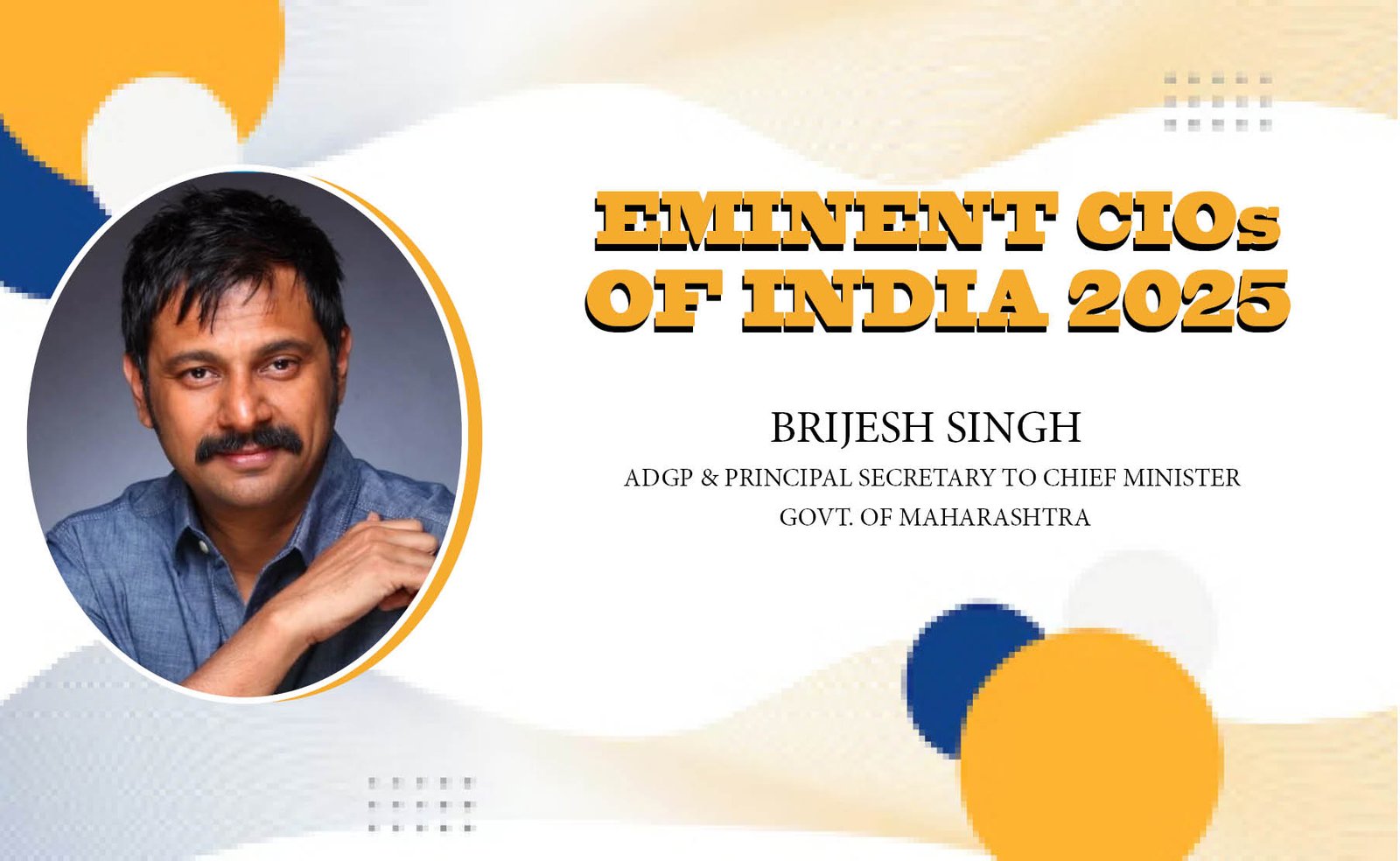Brijesh Singh, ADGP & Principal Secretary to Chief Minister, Govt. of Maharashtra
AI’S DUAL-EDGED ROLE
The rise of artificial intelligence has fundamentally reshaped the cybersecurity landscape, introducing both unprecedented risks and powerful solutions. AI-driven tools now allow cybercriminals to rapidly generate sophisticated malware (using advanced coding models), including polymorphic variants that can easily evade traditional, signature-based detection systems.
Additionally, AI has supercharged social engineering tactics—voice cloning, deepfake videos, and highly personalized phishing emails make it increasingly difficult for users to distinguish between legitimate and malicious communication.
At the same time, AI is revolutionizing cyber defence. Technologies like User and Entity Behavior Analytics (UEBA) and real-time analysis of vast structured and unstructured data enable faster, more accurate threat detection. AI is not just a tool for attackers—it is also becoming a vital asset for defenders, creating a dual-use dynamic that is redefining cybersecurity.
RE-SKILLING FOR THE AI ERA
In industries such as banking and financial services, AI is transforming customer interactions, risk scoring, and compliance processes like KYC. However, this shift also signals the decline of many routine jobs. With AI tools capable of performing up to 70% of basic coding tasks, the demand for re-skilling across sectors—from law and consulting to design and IT—is urgent and widespread.
DIGITAL VIGILANCE AGAINST CYBER FRAUD
India is responding through rapid digitization and strong institutional efforts. Government agencies such as CERT-In, NCIIPC, and the Ministry of Home Affairs are driving public awareness campaigns, issuing advisories, and equipping law enforcement with advanced forensic tools. Cybersecurity frameworks like those from the RBI are enhancing sectoral resilience. Yet, threats like “digital arrests”—where scammers impersonate officials using breached personal data—continue to exploit public trust through psychological manipulation. Combating these threats requires continuous public education and awareness.
AI SECURITY AS PRIORITY
India’s cybersecurity talent, particularly in the BFSI and fintech sectors, is globally competitive. However, reliance on imported tools remains a concern. Greater investment in indigenous technologies and academic research is critical to achieving cybersecurity sovereignty. As AI systems begin to power critical infrastructure and decision-making, their own security becomes paramount. From prompt injection to model inversion and API abuse, securing AI itself is now a core pillar of modern cybersecurity. Building awareness—both technical and public—is essential for a safe digital future.






